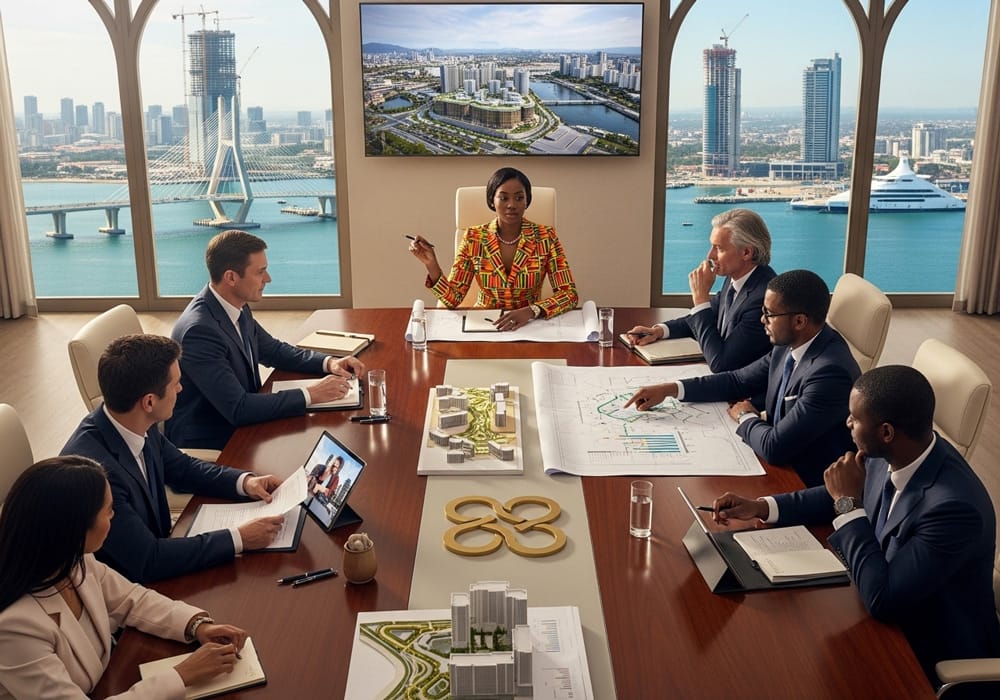Daniel Libeskind Quotes on Architecture is8O
To provide meaningful architecture is not to parody history but to articulate it.
By: Daniel Libeskind
At the heart of every great civilization lies architecture that speaks volumes about its time, culture, and aspirations. The buildings that surround us are more than just structures; they are the embodiment of human creativity, the tangible expressions of our society’s values and progress. The quote by Daniel Libeskind, “To provide meaningful architecture is not to parody history but to articulate it,” serves as a profound reminder of the responsibility that architects, and indeed all creators, bear in shaping the world for future generations.
Understanding the Essence of Meaningful Architecture
Meaningful architecture goes beyond the superficial replication of styles from bygone eras. It involves a deep understanding of the context, the environment, and the cultural heritage of the place. It is about creating spaces that resonate with people, that tell a story, and that stand as a testament to the era in which they were created. Articulating history through architecture means acknowledging the past, understanding the present, and envisioning the future.
The Dynamics of Motivation in Creative Endeavors
Motivation is the driving force behind every form of human improvement. When it comes to architecture or any creative field, motivation propels individuals to push boundaries, to innovate, and to contribute something of value to the world. For young architects or anyone embarking on a creative journey, finding motivation can be as simple as looking around and asking, “How can I make this better?” or “What story do I want to tell through my work?”
Life productivity and improvement are not just about doing more; they’re about doing what matters. It’s about making a difference, leaving a mark, and inspiring others. Whether you’re 15 or 50, the quest for improvement is a lifelong journey that requires passion, dedication, and a willingness to learn and grow.
Advice for Aspiring Architects and Creators
- Embrace Your Unique Perspective: You have a voice and a vision that is uniquely yours. Use it to create something that speaks to who you are and what you believe in.
- Study the Past, Design for the Future: Learn from history, but don’t be confined by it. Use historical context as a springboard for innovation.
- Understand Your Environment: Great architecture responds to its surroundings. Pay attention to the environment, culture, and the needs of the community.
- Be Bold, Be Curious: Don’t be afraid to experiment and take risks. Curiosity leads to discovery, and discovery leads to progress.
- Seek Feedback and Collaborate: Collaboration and constructive criticism are invaluable. They help refine your ideas and push your work to new heights.
Creating Spaces That Matter
When architecture articulates history, it creates spaces that matter. These are the places where people gather, where they find comfort, inspiration, and a sense of belonging. These spaces become the backdrop of our lives, the settings for our stories, and the landmarks of our collective memory.
Every line drawn by an architect is a silent dialogue with time. It’s a choice to contribute to the narrative of humanity, to echo the voices of the past, and to whisper to the future. This is the essence of meaningful architecture—it is a bridge between times, a canvas for human experience, and a beacon of what is possible.
Conclusion: The Power of Articulating History
To articulate history through architecture is to understand that our creations are more than mere objects; they are the legacies we leave behind. They have the power to inspire, to educate, and to move people. As creators, whether we are architects, writers, artists, or thinkers, we have the opportunity to make a difference, to motivate others, and to contribute to the ongoing story of humanity.
Remember, whether you’re just starting out or you’re a seasoned professional, your work has the potential to be meaningful. It’s not about mimicking what has been done before; it’s about making your mark, telling your story, and adding a new chapter to the rich tapestry of history.
FAQs about Daniel Libeskind on Architecture
- Who is Daniel Libeskind?
Daniel Libeskind is a renowned architect known for his bold and unconventional designs. He is the mastermind behind several iconic structures, including the Jewish Museum in Berlin and the master plan for the reconstruction of the World Trade Center site in New York City.
- What does it mean to “articulate history” in architecture?
To articulate history in architecture means to design buildings that reflect and engage with the historical context of their location, while also contributing to the narrative of the place and its culture. It’s about creating a dialogue between the past, present, and future.
- How can young architects provide meaningful architecture?
Young architects can provide meaningful architecture by learning from history, understanding the cultural and environmental context of their projects, embracing innovation, and expressing their unique vision through their designs.
- Why is it important for architecture to resonate with people?
Architecture that resonates with people is important because it becomes a part of their daily lives and experiences. It can inspire, comfort, and provide a sense of identity and belonging to a community.
- Can architecture really tell a story?
Yes, architecture can tell a story by embodying the values, struggles, and aspirations of the people it serves. The design of a building can narrate its purpose, its place in history, and its vision for the future.
- What role does the environment play in architecture?
The environment plays a crucial role in architecture as it influences the design, materials, and functionality of a building. Architecture that responds to its environment is sustainable, contextually relevant, and harmonious with its surroundings.
- How can architecture be a bridge between times?
Architecture can be a bridge between times by incorporating elements of the past in a contemporary context, thus creating a physical manifestation of the evolution of culture and society over time.
- What makes architecture “meaningful”?
Architecture becomes meaningful when it serves a purpose beyond its basic function, when it enriches the human experience, engages with its cultural and historical context, and inspires future generations.
- Is it important for architects to take risks?
Yes, taking risks is important for architects as it encourages innovation and the exploration of new ideas, materials, and forms that can lead to the evolution of architecture and the creation of meaningful spaces.
- How can someone become an architect who articulates history?
To become an architect who articulates history, one must study and appreciate the historical context of architecture, be mindful of the cultural significance of their work, and strive to create designs that contribute to the narrative of the place and its people.










